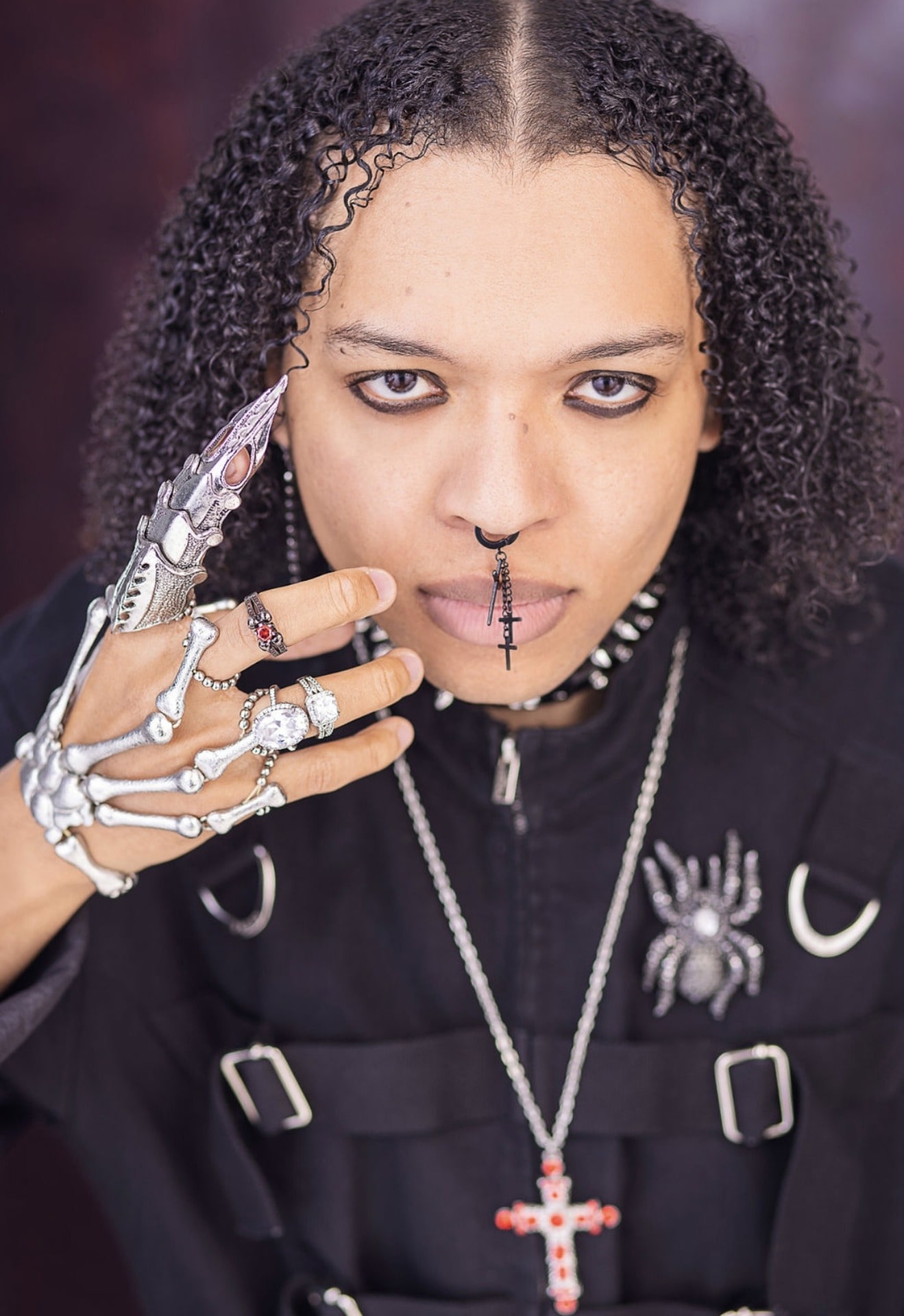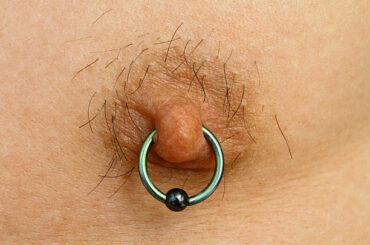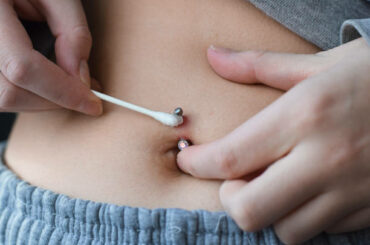Piercing is an art. You can pierce any part of your body for your choice. There is a beauty as well as some adverse effects of piercing. Here is some go-through on the piercing.
Contents
History
Particularly well-known and well-represented in historical documents and grave goods are piercings of the ears and nose. The presence of earrings on the earliest mummified remains shows the practice’s existence more than 5,000 years ago.

Evidence
There is evidence of nose piercing dating back to 1500 BCE. Global documentation of these kinds of piercings contrasts with the historical presence of lip and tongue piercings in cultures throughout Africa and many other regions, which are Middle Eastern in origin.
Numerous cultures have also engaged in nipple and genital piercing, with nipple piercing at least dating to Ancient Rome and genital piercing being mentioned in Ancient India between 320 and 550 CE.
In 1987, during Operation Spanner, a group of homosexuals, including well-known body piercer Alan Overs, were found guilty of assault for their participation in consensual sadomasochism over a 10-year period, which included acts of body piercing. This was a significant development in body piercing in England at the time. The courts ruled that while erotic body piercing was unlawful, decorative body piercing was not. Countdown on Spanner was subsequently founded in 1992 as a result of this.
Reasons why
There are many different reasons for getting this or not. Many people do this for self-expression, aesthetic value, sexual pleasure, to fit into their culture, or to rebel against it, while some do it for religious or spiritual reasons. Certain types of piercing continue to be debatable, especially when done on young people.
Schools, workplaces, and religious organizations have prohibited this placement or display. Some people engage in extreme body piercing, with Guinness awarding World Records to people with hundreds or even thousands of permanent and temporary piercings.
Things to know
A hollow needle is used to pierce the body part, and jewelry is inserted into the gap left behind. Avoid getting done with a piercing gun because it damages the pierced tissues and renders them ineffective for sterilization.
Piercing wounds mend by developing an epithelial cell layer. To shield your body from a foreign object, the epithelial cells create a tube-like layer of skin along the interior of the piercing.
There are many good and bad effects of piercing, and it takes some time to be healed after getting pierced.
It takes at least six to eight weeks for the body to heal. Before one can take the jewelry out without running the risk of the hole closing, most body piercings need to heal for at least six months to a year.
The typical healing time is:
- Earlobe: six to eight weeks
- A year to four months for ear cartilage
- 6 to 8 weeks for the eyebrow
- 2 to 4 months for the nostril
- 6 to 8 weeks for the nasal septum.
- 8 to 10 weeks for the nasal bridge
- Mouth: 4 weeks
- Lip: two to three months
- 3 to 6 months for the nipple.
- Four months to 1 year for the navel
- 4 to 10 weeks for female genitalia
- Four weeks to 6 months for male genitalia
- 4 to 5 months for the cheek
Once the epithelial layer has developed, the piercing may become swollen around the jewelry. Avoid forcing the jewelry to rotate without applying warm water because the epithelial layer is easily torn or dislodged.
Before the piercing becomes more flexible and relaxed around the jewelry, the epithelial cell layer must toughen and strengthen for up to a year after it forms.
Maintaining Your Piercings
- To avoid bacteria and foreign objects entering the body, ensure your piercing is performed with a sterile object and that the jewelry inserted is also sterile.
- All fresh piercings release a gummy, white, or off-white discharge that collects around the openings and on the jewelry to form a crusty formation.
How to take care of a new one
- Unless you are cleaning the new piercing, avoid touching it. Before cleaning the piercing, always wash your hands with soap and water.
- Use antibacterial soap to wash the pierced area. Gently scrape away any crusty clumps, then rinse the soap away.
- Saltwater soaks are effective at breaking up hardened deposits. You can make salt water by dissolving 1/4 teaspoon of salt in 1 cup of clear water.
- Never clean the area with alcohol or peroxide. These will make your skin dry. Gold jewelry will become discolored by betadine.
- When cleaning the inside of nostril, use saline solution, which is easily accessible at any pharmacy.
- avoid applying antibiotic ointments.
- Throughout the healing process, always wear clean clothes, and alternate your bed linens every week. The piercing might become irritated by sweat and clothing rubbing against it.
- Avoid applying powder or makeup to the area where you had your ears or face pierced while it heals. If using hairspray, cover the pierced area with a tissue.
- Wear loose clothing after body piercings. Avoid wearing bulky belts, bodysuits, or stockings after getting your navel pierced. Also, avoid sleeping on your stomach. It’s critical for healing that the air is moving.

Sensitivity to Jewelry or Cleaning Products Symptoms could include:
- Redness.
- Irritation.
- When the piercing is cleaned, they are itching or burning.
- A rash developed around the piercing.
- Piercers advise nontoxic metals like surgical steel14K or 18K yellow gold, 18K palladium white gold, niobium, or titanium to prevent infections or reactions from the jewelry.
Infection indicators
If you experience any of the following symptoms following a piercing:
- The ache persists for more than a day or two.
- heightened discomfort, unusual discomfort, or swelling at the piercing site
- It is warm to the touch there.
- We are starting from the harsh red lines.
- pus, oozing or bleeding at the piercing site
- Before seeing your healthcare provider, avoid taking off your jewelry. If the jewelry is removed, the piercing’s openings could close and contain the infection, leading to an abscess.
Dental Health and Oral Piercing
- Anywhere jewelry is inserted into a piercing, the risk of infection or sensitivity exists. However, the American Dental Association asserts that there are some unique, additional risks associated with mouth piercings.
- There are millions of bacteria in the mouth. Because the mouth cannot sterilize entirely, oral piercing or tongue splitting can be dangerous.
- regressing gums
- Teeth that are broken or chipped.
- Extra spittle.
- poor breath
- Mouth tastes of metallic substance.
- Only click your oral piercing against your teeth if you already have one. Regular dental visits, twice-daily tooth brushing, and flossing are all recommended.
What so ever piercing is an art that anyone should follow.





